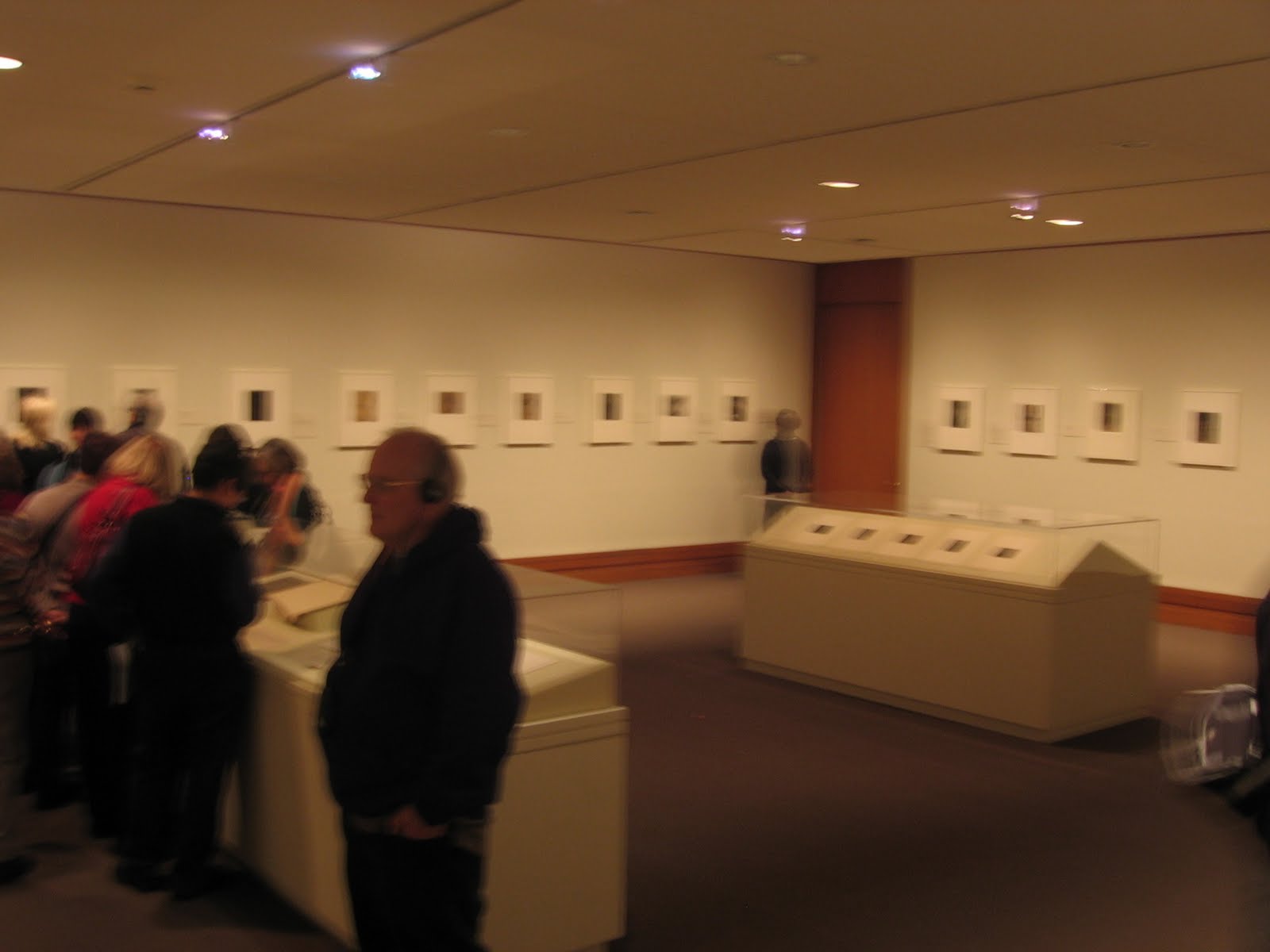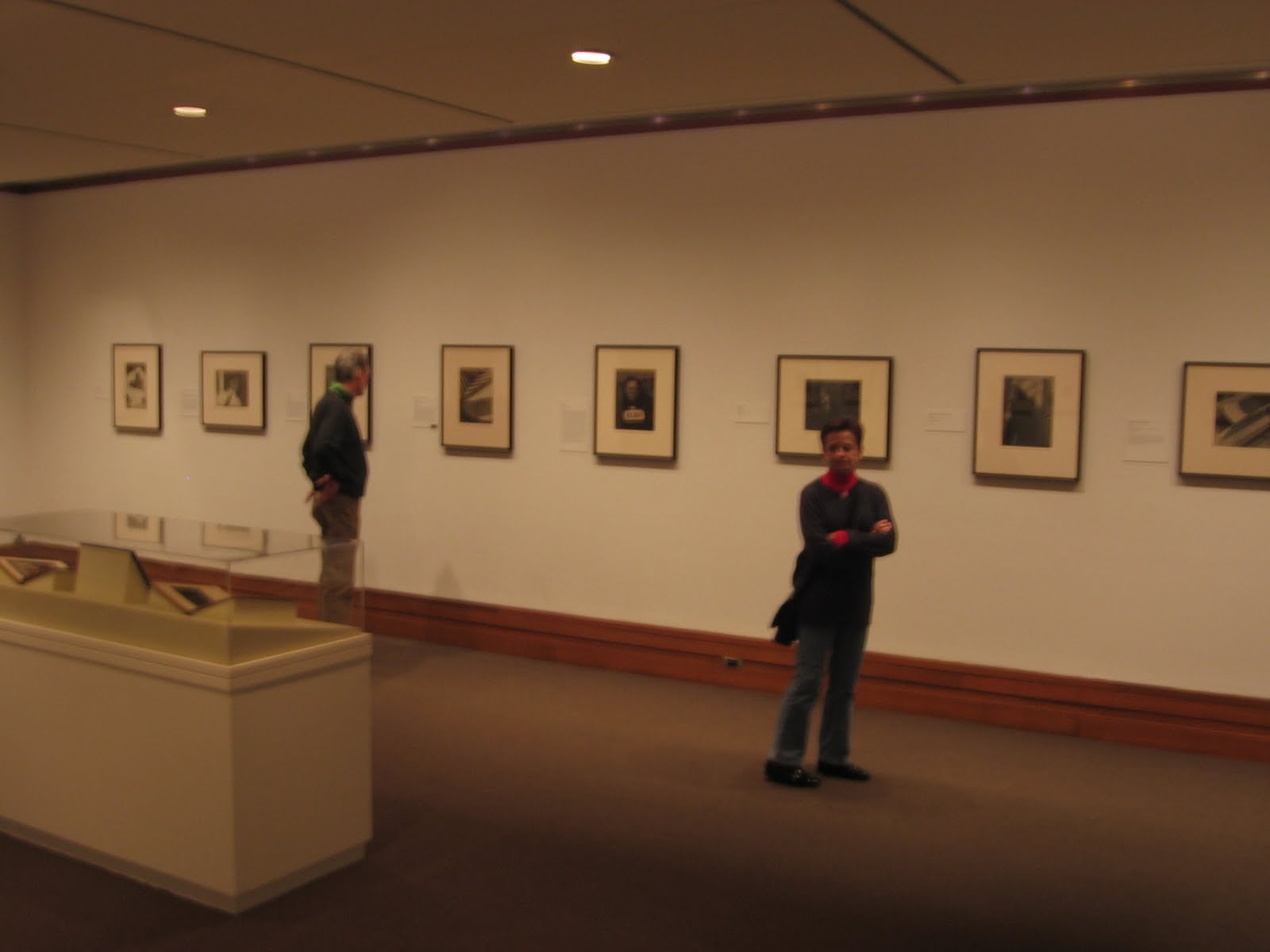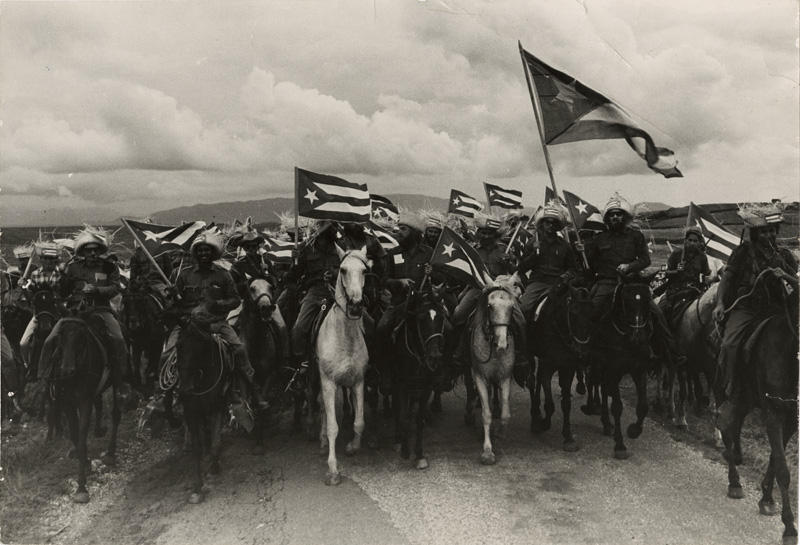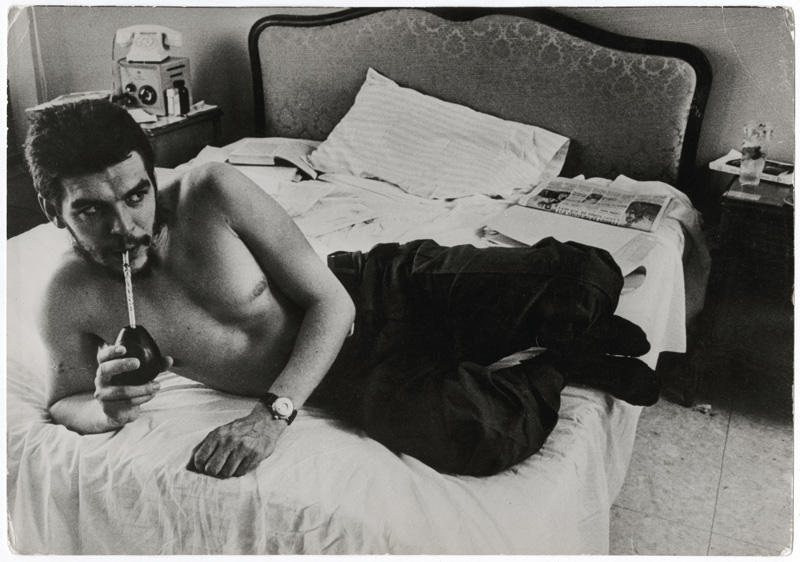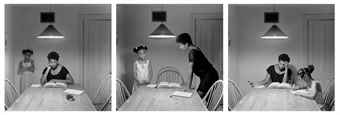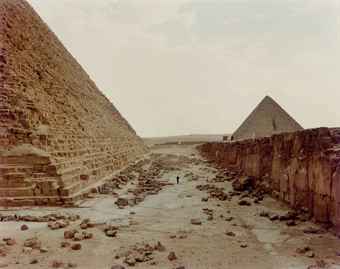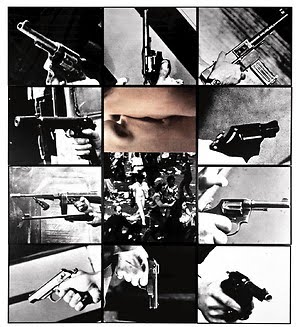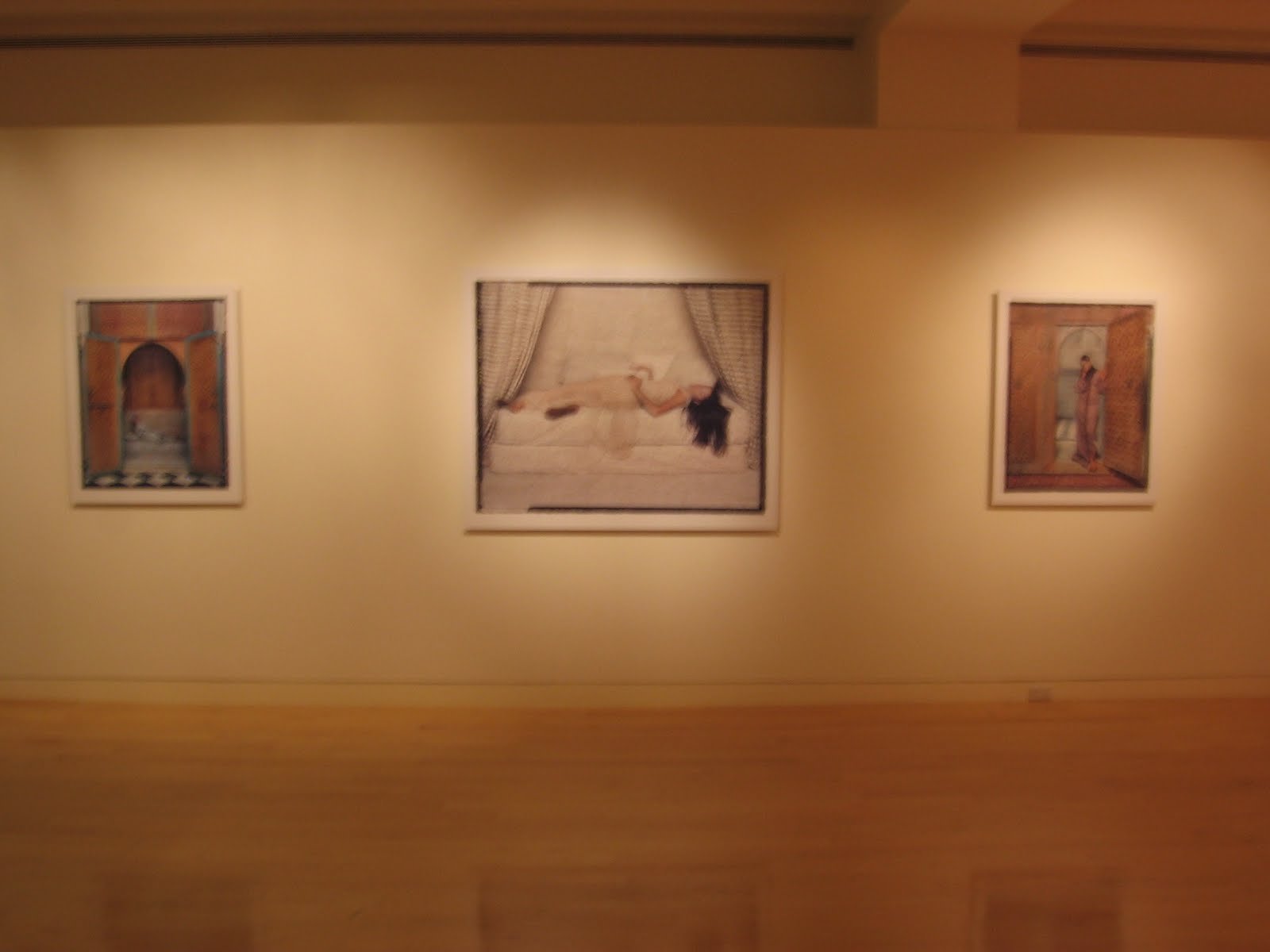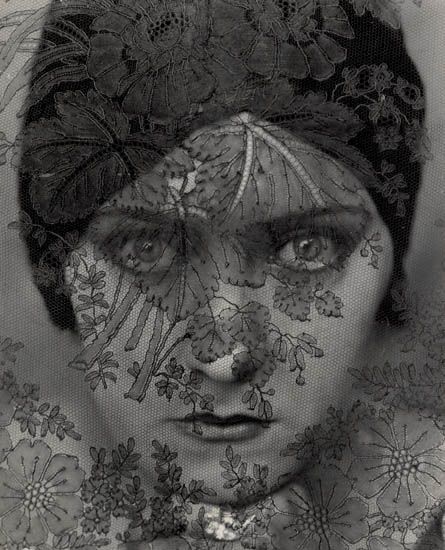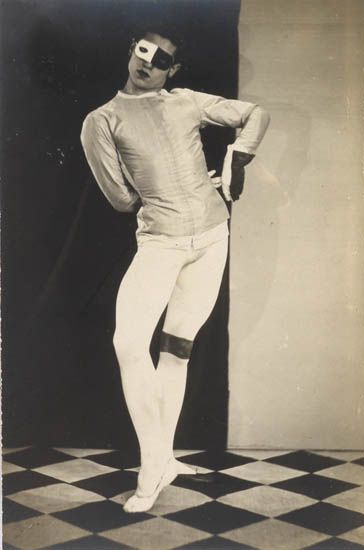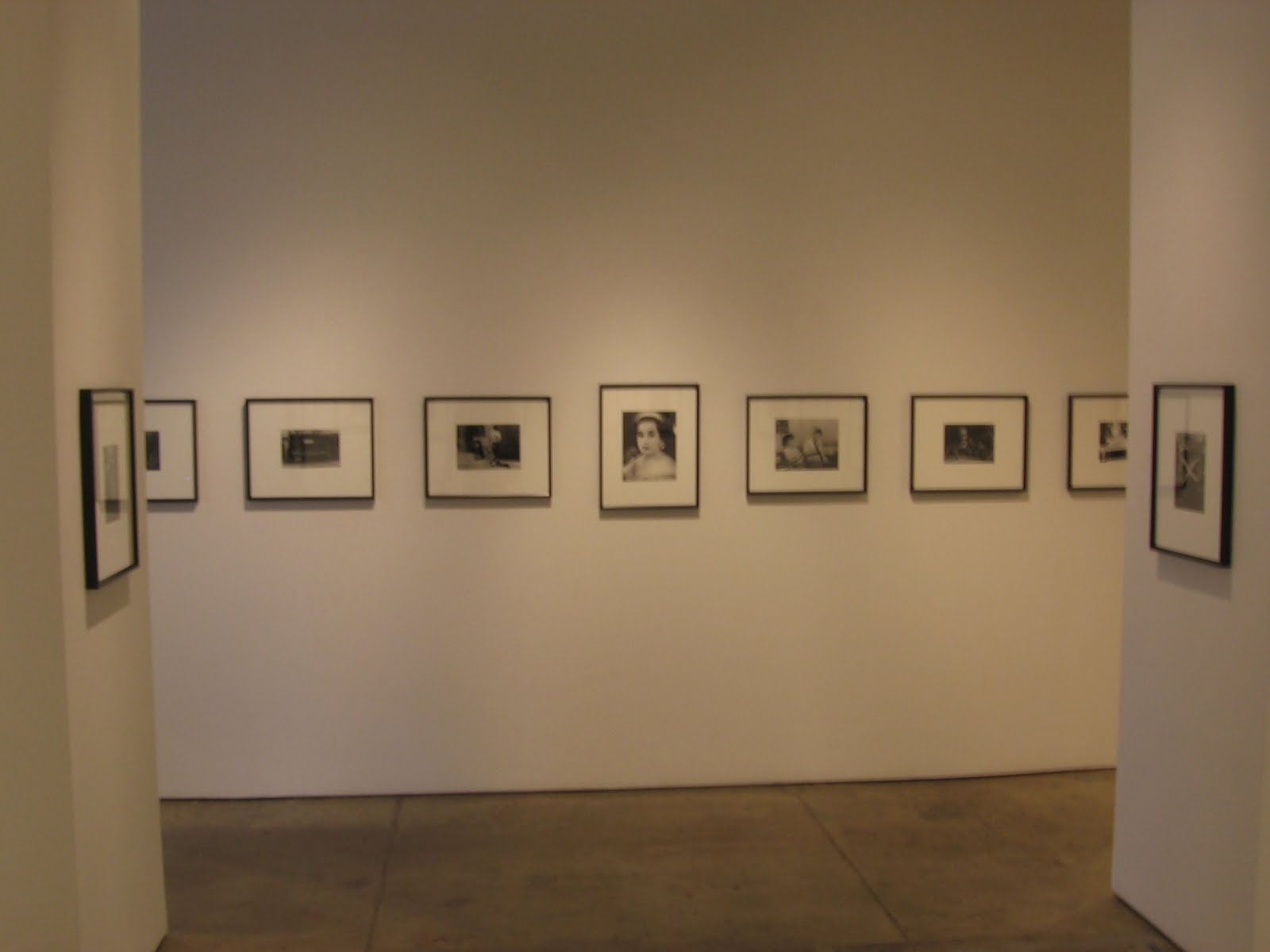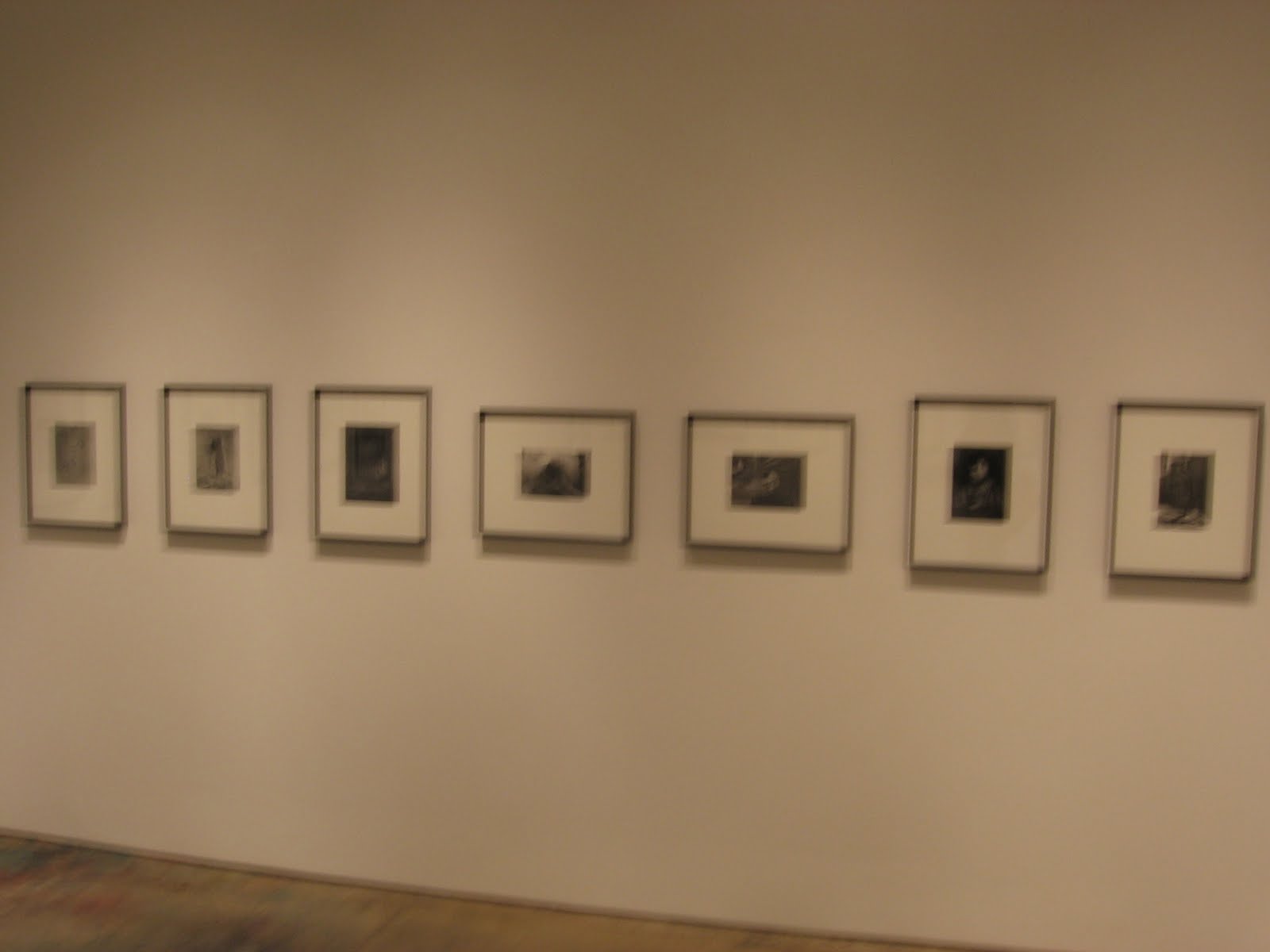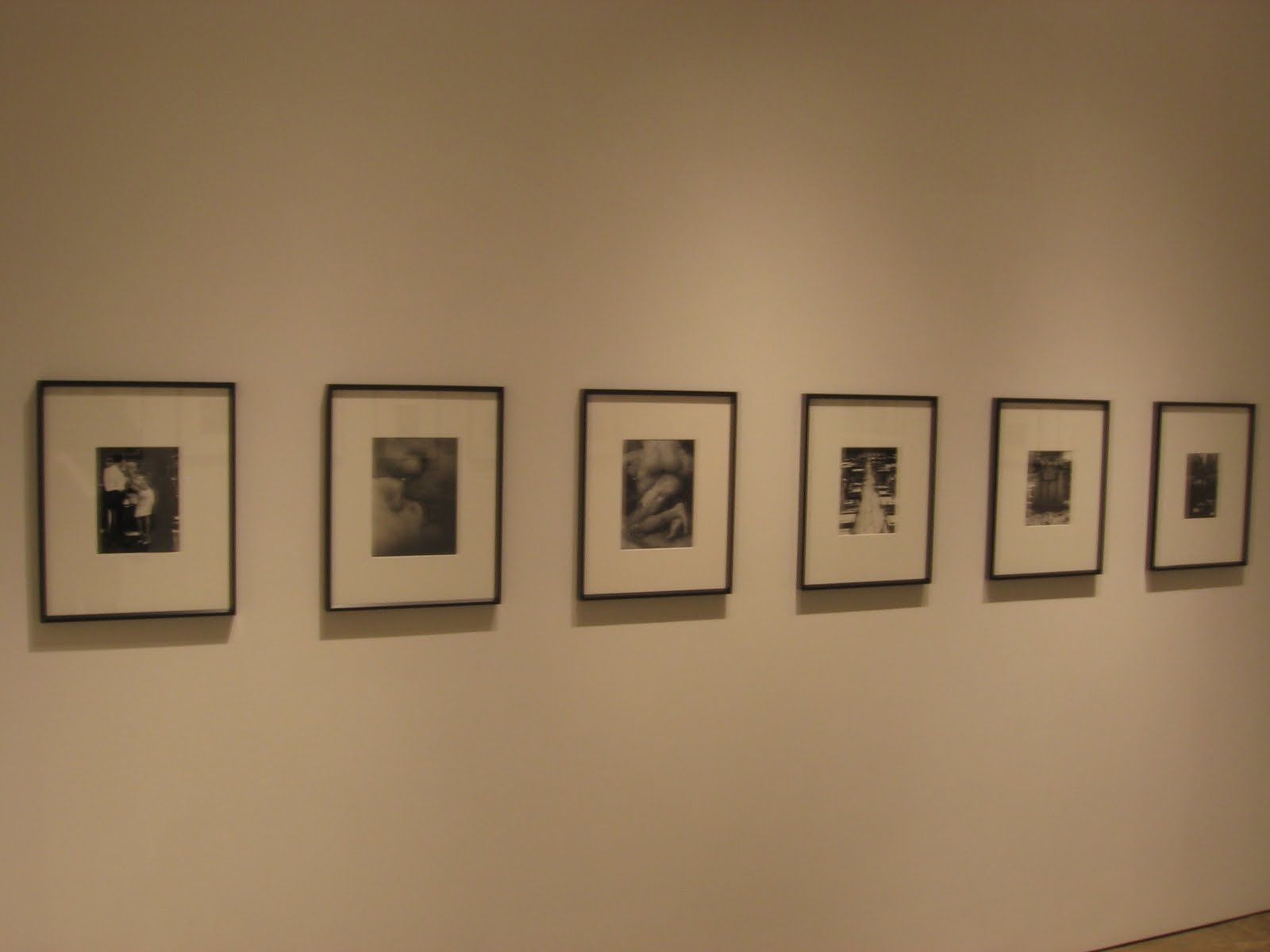In the past year, I have reviewed photography shows at a total of 77 different venues in New York and the surrounding area. After sifting through the best shows of the year in yesterday’s post (here), I wondered about whether there might be some intriguing patterns if I looked more closely at the venues that were organizing those shows.
.
I’ve divided the venues into four groups: Specialist Photography Galleries, Contemporary Art Galleries (who show photography from time to time), Specialist Photography Museums and more general Art Museums (who also show photography from time to time). Of course we can quibble about which group a particular gallery belongs in, but I’ve done my best to locate them where I think they actually belong. I’ve then made two simple sets of calculations: a raw tally of the total number of shows I reviewed at each venue, and subsequently, the average rating I gave those specific shows.
.
In reviewing these statistics, keep in mind a couple of things: 1.) many of these places have multiple gallery spaces, and often run two or more exhibits simultaneously that I might review as separate and distinct shows, so while a normal gallery calendar might have 6-8 shows in a year, some of these locations have twice that many shows on view across the same period of time, and 2.) our rating scale has a high of 3 STARS and a low of 1 STAR, with shows below that receiving no review/rating; therefore the highest possible average is 3.00, and the lowest is 1.00 – although this low number is misleading, as one could imagine tallying all the shows I didn’t review and giving them zeros and then adding them into that average, which would bring the numbers down substantially for many venues. Rather than descend into that kind of negativism (“all the photography shows at Gallery X or Museum Y were crap!”), I suggest we focus on the positive and just take the statistics with a grain of salt.
.
So let’s start with the total number of reviews per venue:
Specialist Photography Galleries
Yancey Richardson Gallery: 7
Amador Gallery: 5
Janet Borden Inc.: 5
Howard Greenberg Gallery: 5
Edwynn Houk Gallery: 4
Yossi Milo Gallery: 4
Bruce Silverstein Gallery: 4
Danziger Projects: 3
Hasted Hunt Kraeutler/Hasted Kraeutler Gallery: 3
Pace/MacGill Gallery: 3
Throckmorton Fine Art: 3
Aperture Gallery : 2
Bonni Benrubi Gallery: 2
Robert Mann Gallery: 2
Laurence Miller Gallery: 2
Sputnik Gallery: 2
Commerce Graphics: 1
Daniel Cooney Fine Art: 1
Keith DeLellis Gallery: 1
Foley Gallery: 1
Gitterman Gallery: 1
Gallery at Hermes: 1
Higher Pictures: 1
Michael Mazzeo Gallery: 1
Julie Saul Gallery: 1
L. Parker Stevenson: 1
Sasha Wolf Gallery: 1
Contemporary Art Galleries
Cheim & Read: 3
Gladstone Gallery: 3
Pace and PaceWildenstein: 3
Von Lintel Gallery: 3
303 Gallery: 2
ClampArt: 2
Paula Cooper Gallery: 2
Gagosian Gallery: 2
Marian Goodman Gallery: 2
Sean Kelly Gallery: 2
Matthew Marks Gallery: 2
Marvelli Gallery: 2
Robert Miller Gallery: 2
Sonnabend Gallery: 2
Winkleman Gallery: 2
Bryce Wolkowitz Gallery: 2
David Zwirner: 2
Tanya Bonakdar Gallery: 1
Mary Boone Gallery: 1
Bortolami Gallery: 1
Kathleen Cullen Gallery: 1
Gana Fine Art: 1
Murray Guy: 1
Stellan Holm Gallery: 1
Hous Projects: 1
Paul Kasmin Gallery: 1
Koenig Projekte: 1
Galerie Lelong: 1
Luhring Augustine: 1
Postmasters: 1
Andrea Rosen Gallery : 1
Sikkema Jenkins & Co: 1
Stux Gallery: 1
Sundaram Tagore Gallery: 1
Team Gallery: 1
Leslie Tonkonow Artworks + Projects: 1
UBU Gallery: 1
Zabriskie Gallery: 1
.
Specialist Photography Museums
International Center of Photography: 6
Art Museums
Metropolitan Museum of Art: 5
Museum of Modern Art: 5
Whitney Museum of American Art: 3
FLAG Art Foundation: 1
Guggenheim Museum: 1
Jewish Museum: 1
Lever House Collection: 1
MoMA PS1: 1
NYPL of the Performing Arts: 1
Princeton University Art Museum: 1
Studio Museum in Harlem: 1
I think these numbers are mostly indicative of depth, both in the sophistication of their exhibition programs and the breadth of their stables or curatorial interests. They tally consistent commitment and performance in the staging of solid photography shows, and over time, create a sense of brand, in terms of places that visitors can expect to see quality photography over and over again. I think a score of 4 or higher here is something to be proud of. Congratulations to Yancey Richardson Gallery for putting up the biggest numbers.
.
Now let’s turn to the average ratings for shows put on at these venues. I have separated out those venues with only one review, as their “average” score is not as meaningful:
Specialist Photography Galleries
.
2 or more shows (average)
Pace/MacGill Gallery: 1.67
Aperture Gallery : 1.50
Robert Mann Gallery: 1.50
Bruce Silverstein Gallery: 1.50
Amador Gallery: 1.40
Throckmorton Fine Art: 1.33
Edwynn Houk Gallery: 1.25
Janet Borden Inc.: 1.20
Howard Greenberg Gallery: 1.20
Bonni Benrubi Gallery: 1.00
Danziger Projects: 1.00
Hasted Hunt Kraeutler/Hasted Kraeutler Gallery: 1.00
Laurence Miller Gallery: 1.00
Yossi Milo Gallery: 1.00
Yancey Richardson Gallery: 1.00
Sputnik Gallery: 1.00
.
1 show (no average)
.
Michael Mazzeo Gallery: 2.00
Commerce Graphics: 1.00
Daniel Cooney Fine Art: 1.00
Keith DeLellis Gallery: 1.00
Foley Gallery: 1.00
Gitterman Gallery: 1.00
Gallery at Hermes: 1.00
Higher Pictures: 1.00
Julie Saul Gallery: 1.00
L. Parker Stevenson: 1.00
Sasha Wolf Gallery: 1.00
Contemporary Art Galleries
.
2 or more shows (average)
Marian Goodman Gallery: 2.50
Pace and PaceWildenstein: 2.33
Matthew Marks Gallery: 2.00
Cheim & Read: 1.67
Sonnabend Gallery: 1.50
David Zwirner: 1.50
Von Lintel Gallery: 1.33
303 Gallery: 1.00
ClampArt: 1.00
Paula Cooper Gallery: 1.00
Gagosian Gallery: 1.00
Gladstone Gallery: 1.00
Sean Kelly Gallery: 1.00
Marvelli Gallery: 1.00
Robert Miller Gallery: 1.00
Winkleman Gallery: 1.00
Bryce Wolkowitz Gallery: 1.00
.
1 show (no average)
.
Tanya Bonakdar Gallery: 2.00
Mary Boone Gallery: 2.00
Andrea Rosen Gallery : 2.00
Bortolami Gallery: 1.00
Kathleen Cullen Gallery: 1.00
Gana Fine Art: 1.00
Murray Guy: 1.00
Stellan Holm Gallery: 1.00
Hous Projects: 1.00
Paul Kasmin Gallery: 1.00
Koenig Projekte: 1.00
Galerie Lelong: 1.00
Luhring Augustine: 1.00
Postmasters: 1.00
Sikkema Jenkins & Co: 1.00
Stux Gallery: 1.00
Sundaram Tagore Gallery: 1.00
Team Gallery: 1.00
Leslie Tonkonow Artworks + Projects: 1.00
UBU Gallery: 1.00
Zabriskie Gallery: 1.00
.
Specialist Photography Museums
2 or more shows (average)
International Center of Photography: 1.67
Art Museums
.
2 or more shows (average)
Museum of Modern Art: 2.00
Metropolitan Museum of Art: 1.80
Whitney Museum of American Art: 1.67
.
1 show (no average)
.
NYPL of the Performing Arts: 3.00
Princeton University Art Museum: 3.00
Jewish Museum: 2.00
Studio Museum in Harlem: 2.00
FLAG Art Foundation: 1.00
Guggenheim Museum: 1.00
Lever House Collection: 1.00
MoMA PS1: 1.00
In my view, an average of over 1.00 for the Photography Specialist galleries is an achievement worth noting (they’re putting on photography shows every month remember), and for all other venues, an average of over 1.50 signals something special. It is no surprise to me that the MoMA and Met have such solid ratings numbers, nor that Marian Goodman, Pace, and Matthew Marks came out so high this year. Congratulations to Marian Goodman Gallery for having the highest ratings for photography of any local venue this year.
.
I think these numbers expose an obvious reality in the gallery world: in many cases, top photographers “graduate” from a Photography Specialist gallery to a Contemporary Art gallery when they achieve a certain level of stature. This isn’t always true, but the fact that many of the Contemporary Art galleries have such impressive ratings numbers is indicative of cherry picking of the “best” photographers and showing their work from time to time – their overall photography programs are not as consistent, but when they do show photography, the quality tends to be high.
.
A final consideration for these lists is who’s conspicuously missing. I went back to my list from 2009 and discovered a large number of well known venues (38) who either failed to attract my attention enough for a review of anything on view this year or were somehow absent from the photography scene entirely. Without naming names or casting aspersions, I very much hope to see a return of superlative photography to these locations in 2011.

